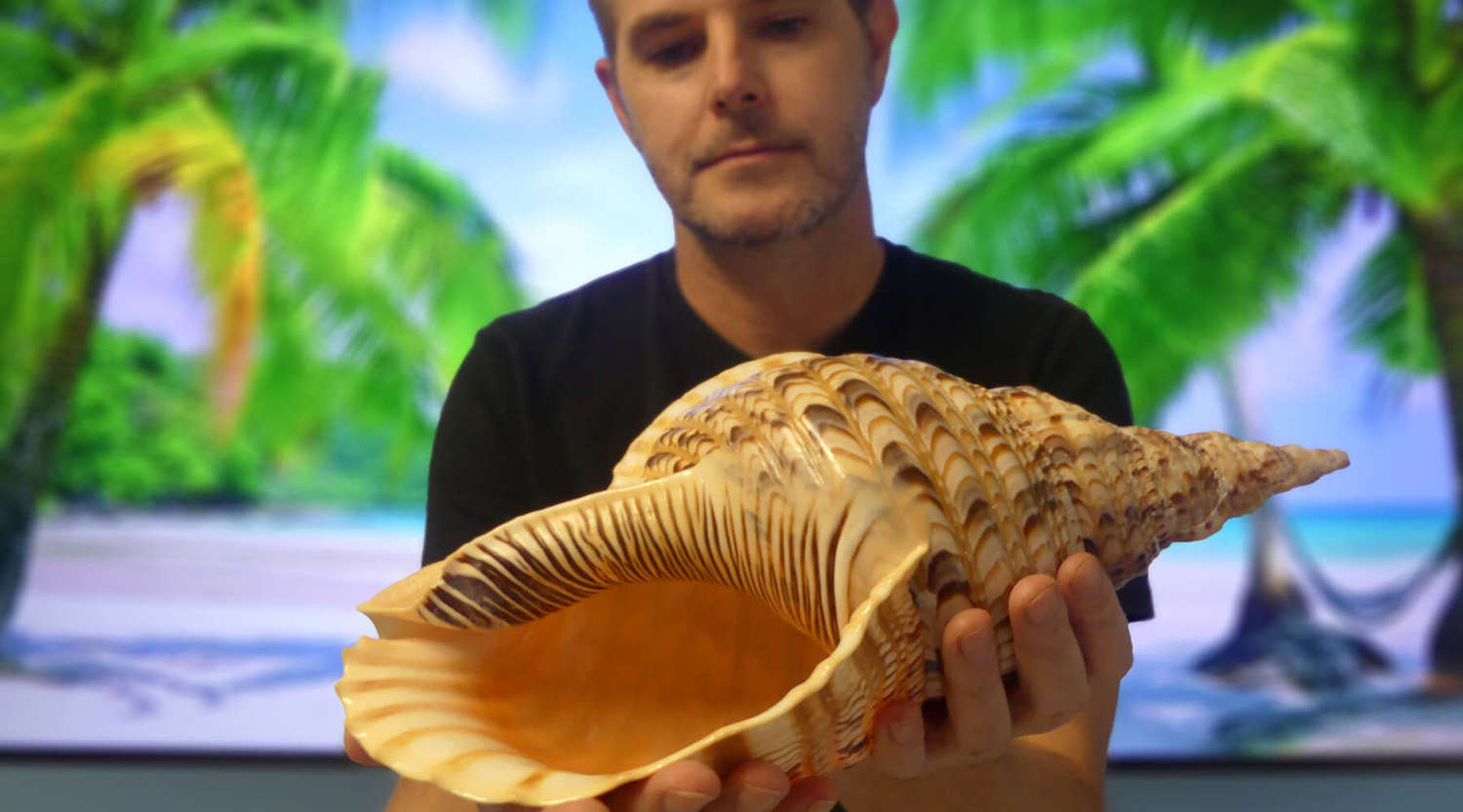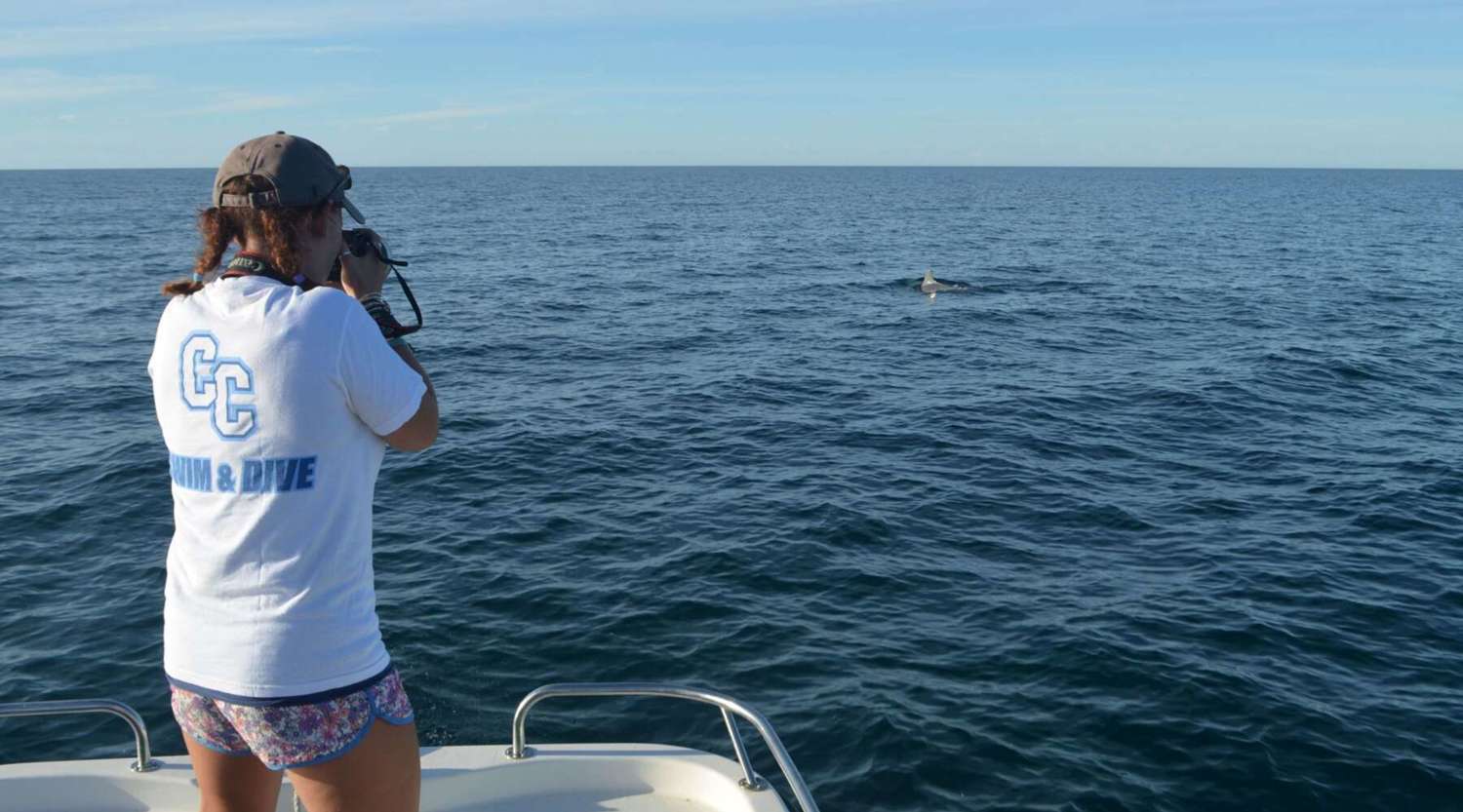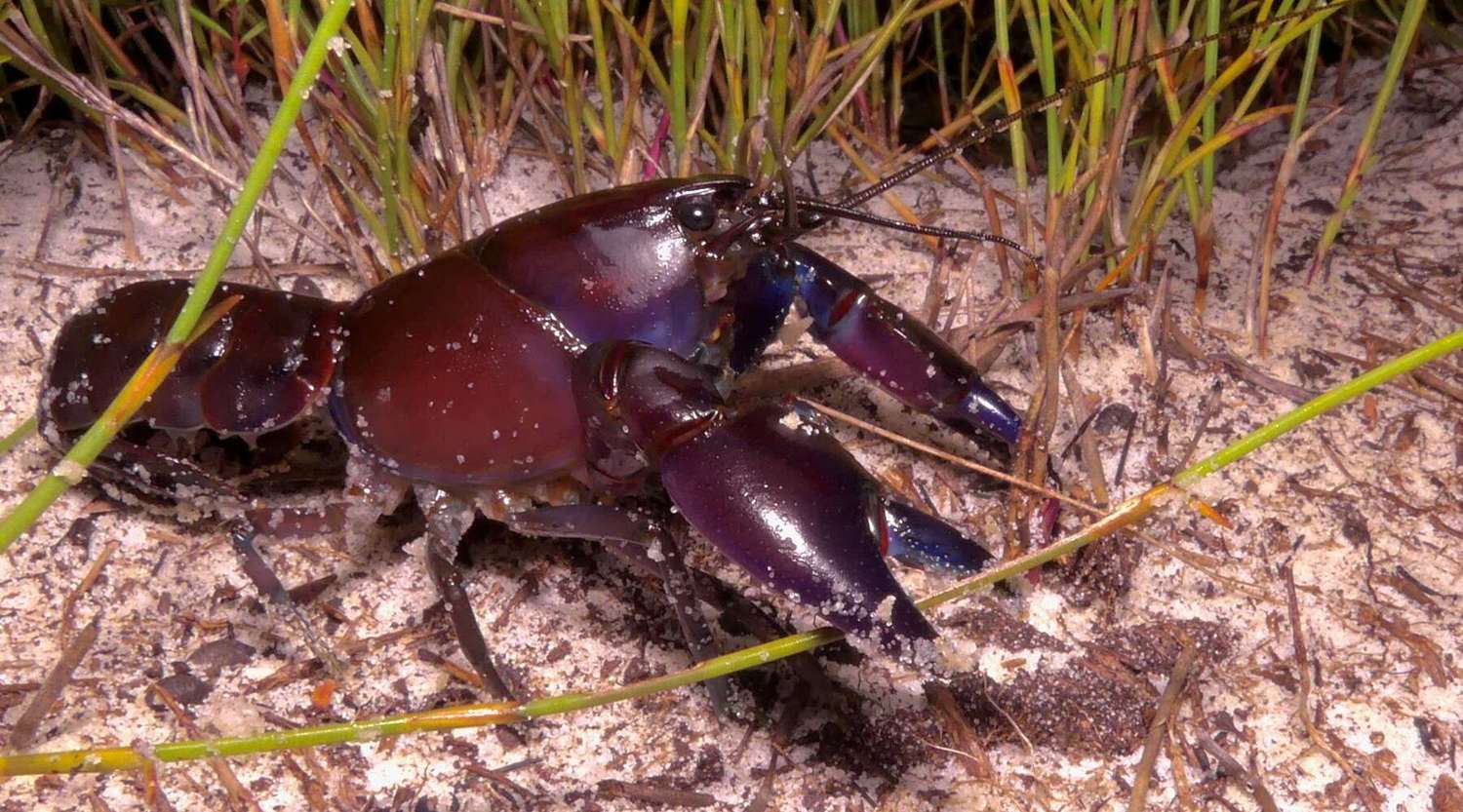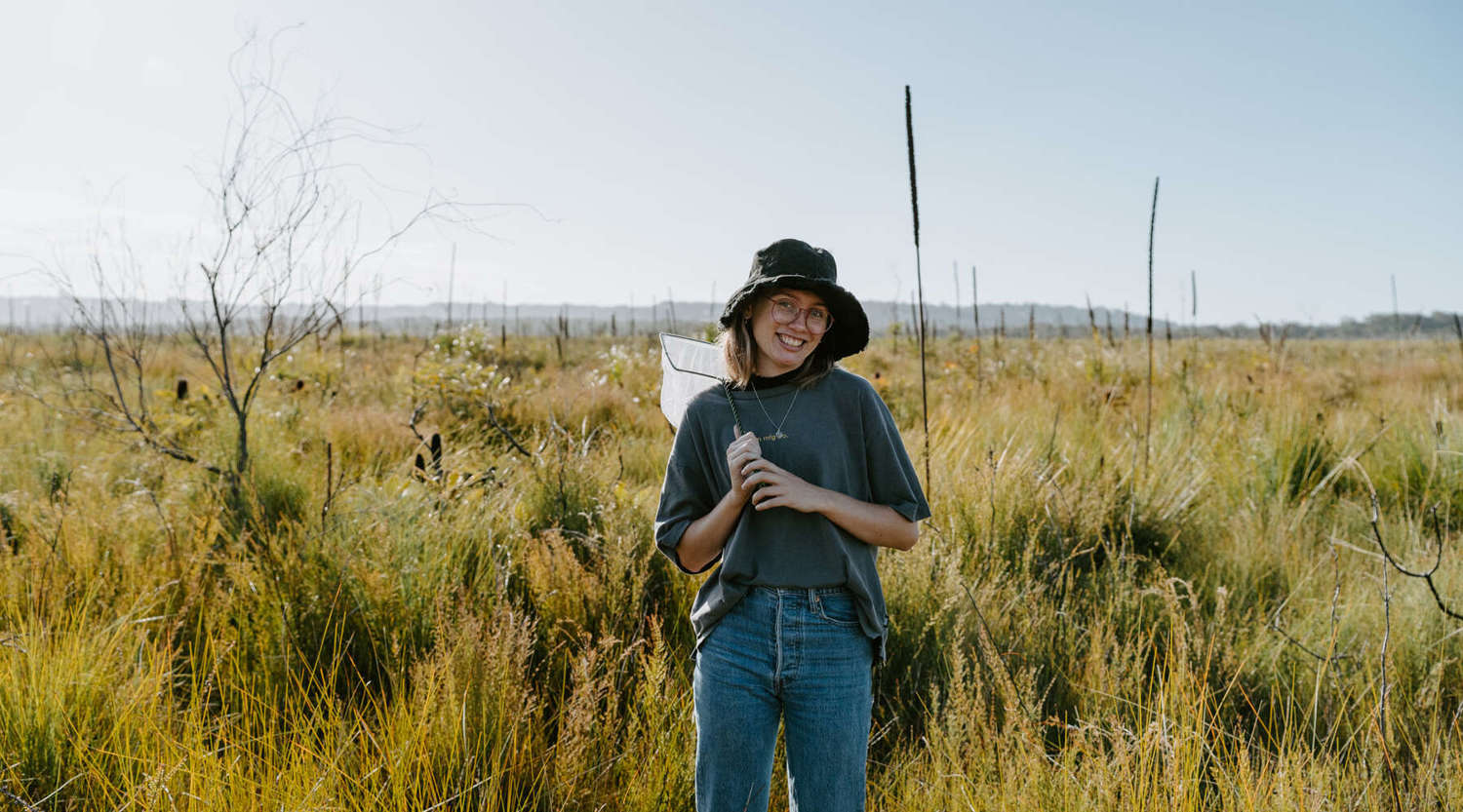The University of the Sunshine Coast is focusing on animals in danger of disappearing forever and quirky species that deserve the limelight, as part of National Threatened Species Day.
From a coral-saving giant snail to an elusive parrot, UniSC researchers share their insights and expertise on some of the many studies underway on Australia’s most at-risk or unusual wildlife.
National Threatened Species Day on 7 September coincides with the date that Australia’s last Tasmanian tiger died almost 90 years ago and follows a newly released action plan that has set a target to reach zero extinctions for the country’s plants and animals.
Too shy
How do you save a species that you essentially can’t see? A UniSC study is underway to help protect one of the shyest birds in Queensland, the vulnerable Eastern Ground Parrot. To uncover its secrets, PhD candidate Lana Prior and Senior Animal Ecology Lecturer Dr Dominque Potvin are listening to the bird’s calls at dawn and dusk and using AI and emerging technologies to gain new understandings of its connections with its habitat.
“The Wallum/heathland habitats the Eastern Ground Parrot lives in are home to other specialised and threatened species,” says Lana. “The way it responds to changes in its environment also makes it an important umbrella species for protecting other wildlife.”
Power of the Triton
Named after the Greek god of the sea, the Giant Triton Snail may be the hero the Great Barrier Reef needs. It is the largest marine snail – reaching up to 60 cm – and is one of the few animals that prey on the coral-eating Crown-of-Thorns starfish. The problem is that the snail’s large shell is highly prized by collectors around the world, and historical commercial harvesting means its populations have dropped significantly.
“This decline is believed to account partially for periodic starfish outbreaks,” says UniSC Professor of Molecular Biology Scott Cummins. "We are researching ways to grow this rare snail in tanks, with the aim to repopulate numbers in the wild, where they can again control pest starfish infestations."
Ocean introvert
With its distinctive rounded head and lack of a beak, the Australian Snubfin Dolphin is nothing like its attention-seeking cousin, the common Bottlenose dolphin. This bashful creature is one of the nation’s rarest mammals, with fewer than 10,000 remaining in Australia.
UniSC studies are underway to better understand the risks dolphin species face from habitat degradation, climate change and other impacts – but the Snubfin doesn’t make it easy for researchers and tends to avoid humans and boats.
“The Australian Snubfin Dolphin, along with the Australian Humpback Dolphin, are poorly-understood species with decreasing populations,” says UniSC behavioural ecologist Dr Alexis Levengood. “They overlap with humans along our coastal areas and are at great risk from impacts such as development, habitat degradation, fishing, climate change, pollutants, and oil and gas mining.”
Logic-defying yabby
Why don’t Southeast Queensland's rare sand yabbies (Cherax robustus) dissolve in the acidic peatlands they love to live in? UniSC researchers are working to find the answer.
The vulnerable yabby is one of the few species tough enough to thrive in the acidic, fire-prone conditions in vulnerable wallum habitats spanning Moreton Bay, the Sunshine Coast, Noosa and north to K’gari.
One of the newest creatures to join Australia’s threatened species list, its existence on mainland Australia was only formally acknowledged in scientific literature in 2023.
“We’re exploring how these yabbies, with their calcium-carbonate exoskeletons, survive in highly acidic blackwaters with a pH 3-5 without dissolving,” says UniSC PhD student Grace Smith.
“For context, ocean acidification causes coral skeletons, made mostly of the same material, to dissolve at a pH of 8! By understanding calcium retention at acidity, we could even inform assisted evolution for corals or find new treatment options for bone density diseases like osteoporosis.”
Media enquiries: Please contact the Media Team media@usc.edu.au






